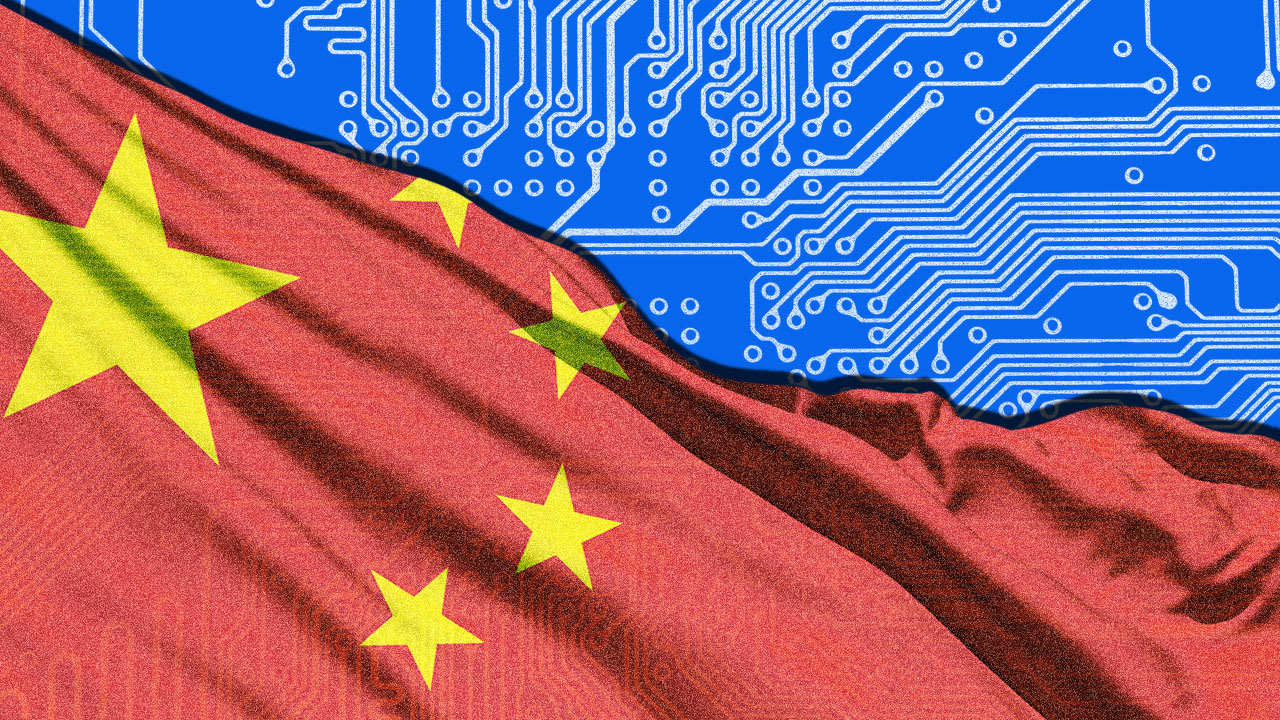Alright, folks, let’s cut to the chase. The 2025 China Internet Entrepreneurs Summit just wrapped up in Beijing, and the message couldn’t be clearer: innovation or stagnation. This isn’t some polite request; it’s a directive from the Ministry of Industry and Information Technology (MIIT).

Photo source:www.fastcompany.com
Deputy Minister Zhang Yunming laid down the gauntlet, demanding breakthroughs in original, cutting-edge, and disruptive technologies. We’re talking about truly pushing boundaries, not just incremental improvements. This is about securing China’s position at the forefront of the tech world, not playing catch-up.
And it’s not just about flashy gadgets. The focus is squarely on the convergence of the digital and physical worlds – what they’re calling ‘real-digital integration.’ This means modernizing industries across the board.
Let’s break down ‘Real-Digital Integration’ – because it’s HUGE:
This strategy moves past simply digitizing workflows. It’s about fundamentally altering how things are made, sold, and experienced. Think interconnected systems where data flows seamlessly.
It embraces technologies like IoT, AI, and 5G to make production smarter and more efficient, enabling customized products and services.
Essentially, it’s the engine for what Beijing is calling ‘new quality productive forces’ – a fancy term for sustainable, innovative growth. This isn’t just tech for tech’s sake, it aims to fuel a new era of industrial power.
This is a critical moment. The pressure is on for Chinese internet giants to deliver. The stakes? Supporting industrial digitalization, networking, and intelligent transformation – and ultimately, driving China’s economic future. Expect to see a lot of headline-grabbing announcements in the coming months. I, for one, will be watching closely, and telling you what it really means for your portfolios.



